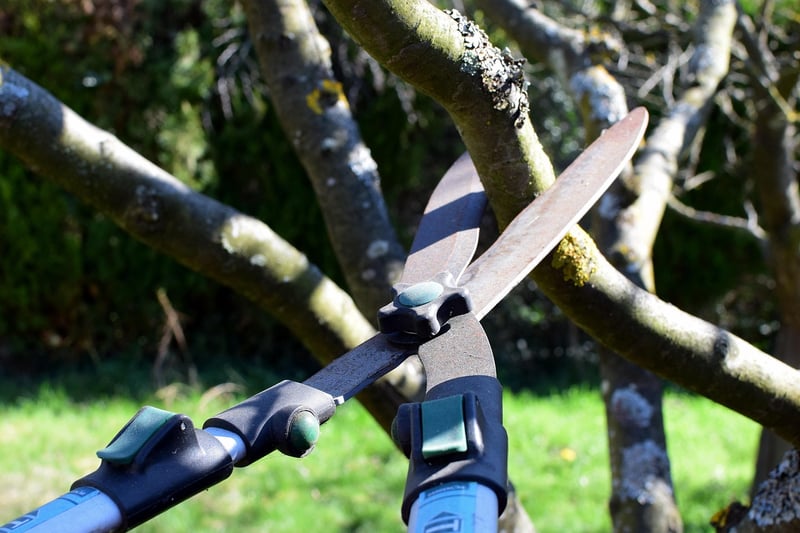Pruning techniques
Nurture Your Plants: Mastering Pruning Techniques
Welcome to the ultimate guide on plant care and pruning techniques! Whether you're a seasoned gardener or just starting your green journey, mastering the art of pruning is essential for the health and vitality of your plants. In this article, we'll explore the importance of pruning, different pruning techniques for various plants, and tips to ensure your green friends thrive.
The Importance of Pruning
Pruning is the process of selectively removing certain parts of a plant, such as branches, buds, or roots, to help it grow stronger, produce more flowers or fruits, and maintain a pleasing shape. By pruning your plants correctly, you can enhance their overall health and appearance.
Pruning Techniques
1. Pinching
Pinching involves using your fingers to remove the soft tips of a plant's new growth. This technique encourages bushier growth and can be used on herbs like basil or flowers like petunias.
2. Deadheading
Deadheading is the removal of spent flowers to promote new blooms. This technique is common for flowering plants like roses or marigolds and helps redirect the plant's energy into producing more flowers.
3. Thinning
Thinning is the selective removal of branches to improve air circulation and light penetration within the plant. This technique is beneficial for trees and shrubs to prevent disease and promote healthy growth.
4. Heading Back
Heading back involves cutting back a portion of a branch to encourage new growth. This technique is useful for shaping hedges or controlling the size of a plant.
Tips for Successful Pruning
- Use sharp, clean pruning tools to make precise cuts and prevent the spread of disease.
- Prune during the plant's dormant season to minimize stress and maximize growth potential.
- Understand the specific pruning needs of each plant species to avoid over-pruning or causing damage.
- Regularly inspect your plants for dead or diseased branches and remove them promptly to maintain plant health.
By incorporating these pruning techniques and tips into your plant care routine, you'll be well on your way to nurturing healthy, thriving plants that bring beauty and joy to your space.

Remember, practice makes perfect when it comes to pruning, so don't be afraid to experiment and learn from your plants' responses. Happy pruning!
